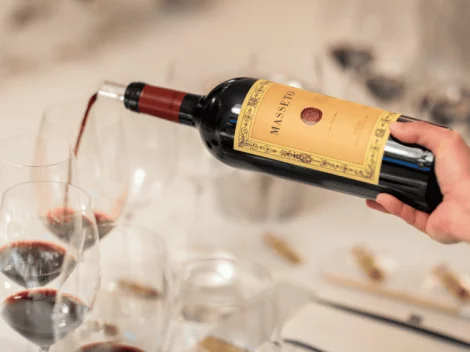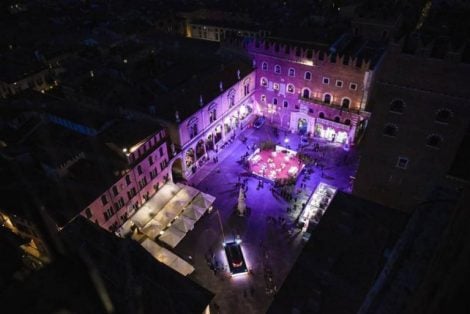One of the highlights of the latest edition of Cibus, featuring talk shows, masterclasses, and tastings, was the official debut of "Le Terre del Balsamico." This new consortium aims to enhance, safeguard, and promote both IGP and traditional DOP balsamic vinegars of Modena and the region they share. This initiative marks the end of a quarter-century-long dispute and represents the beginning of collaboration between the two product certification consortia through joint activities, aiming to highlight the characteristics of both vinegars and develop new commercial opportunities for this symbol of Modena and Italian agri-food excellence.
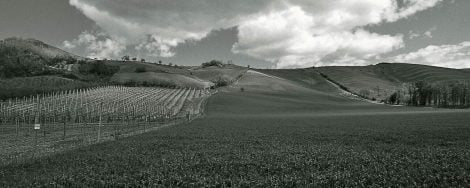
Two types of Balsamic Vinegar of Modena
The two types of Modenese balsamic vinegar have always been produced. They were first mentioned in 1747 in the cellar records of the Dukes of Este. "Both the 'mezzo balsamico,' today's IGP, made with cooked must and common vinegar," explains Mariangela Grosoli, president of the IGP Consortium and vice president of Le Terre del Balsamico, "and the 'fine balsamico,' today's DOP, made only with cooked must. Families produced the more precious type, but also the other, the daily one, which in the 1960s created a market and businesses: this too is an excellent product with significant numbers."
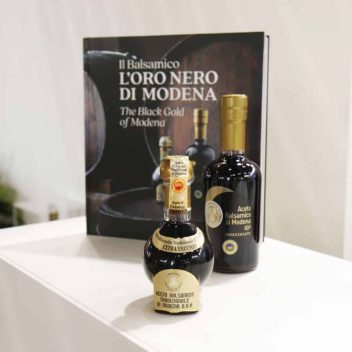
Differences between the two Balsamics
The differences between the two products, both stemming from the sugar and acetic fermentation of cooked must, are more than just that. They share some grape varieties (lambrusco, trebbiano, ancellotta), with additional ones like sauvignon, sgavetta, berzemino, and occhio di gatta in the DOP vinegar, while sangiovese, albana, fortana, and montuni are included in the IGP. The DOP is made only from the cooked must of specified grapes, with the possible addition of the "mother," selected bacterial colonies from previous fermentations.
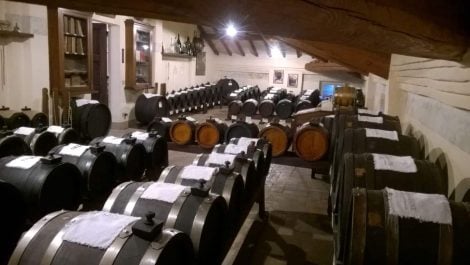
In the IGP, cooked grape must is combined with wine vinegar and potentially the "mother," with a small addition of caramel allowed to stabilize the color. The geographic area for DOP - grapes and production - is strictly the province of Modena. For IGP, production can also occur in the province of Reggio Emilia, with no specific indication for the origin of the grapes - "but always Italian," clarifies Grosoli - and wine vinegar.
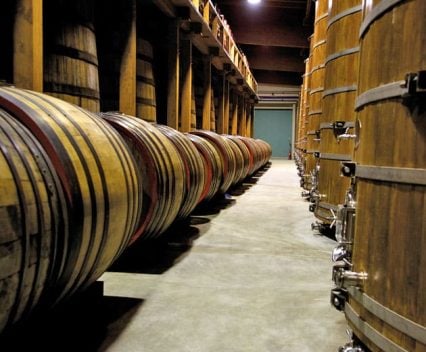
Aging process
The time and type of aging differ significantly. The traditional DOP ages in small, graduated barrels of different sizes and various precious woods (oak, chestnut, mulberry, juniper, cherry, ash, robinia), with successive transfers over a period ranging from a minimum of 12 years for the "affinato" type to at least 25 years for the "extra vecchio." In the IGP, acetification and aging occur in containers of precious woods (usually oak) over a period exceeding 60 days.
Target audiences, sales channels, and prices
These are two distinct products with different uses, target audiences, market segments, and prices. Modenese IGP balsamic can be found even in large-scale retail, with a price range from three to over 50 euros for 250 ml bottles, depending on the selection. It is suited for everyday, versatile use from starters to desserts. The DOP vinegar is a niche product, found in gourmet shops and wine stores, with prices ranging from 50 euros for the "affinato" to at least 100 euros for the "extra vecchio" (often much higher), and is a product to be savored in its pure form.

How to use Balsamic Vinegar in cooking
Modenese IGP balsamic is a more everyday, versatile product, suitable for use with fresh foods and in cooking, with vegetables, white and red meats, fatty fish, risottos, eggs, desserts, cocktails, and both classic and innovative dishes. The traditional DOP balsamic, with its 12 or 25 years of aging, offers greater complexity and depth but is no less versatile than the IGP. "When young, it’s suitable for vegetables, raw or grilled," suggests Enrico Corsini, president of the DOP Consortium and Le Terre del Balsamico. "The extra old is perfect with parmesan cheese, strawberries, vanilla ice cream, and zabaglione. Three drops aid digestion: pour them on the back of your hand like caviar; the warmth of your skin will enhance the aromas and flavor. It adds a special touch to sparkling wine: try prosecco served in a glass seasoned with a few drops of extra old."
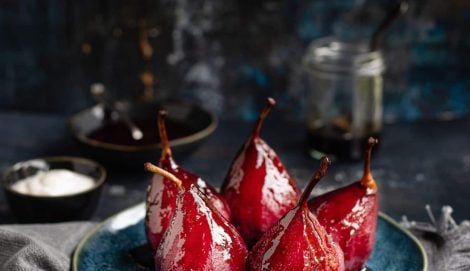
Maurizio Fini, Grand Master of the Consorteria of Spilamberto, who preserves the culture and art of producing traditional balsamic vinegar, notes its exceptional versatility as both an aperitif and a digestif. "It opens the stomach and closes it," Fini smiles. "It's a classic on parmesan, but also ideal on first courses, for example, in place of gold leaf in Gualtiero Marchesi's famous risotto alla milanese, or with meats. In our tradition, it has always been the condiment for festive days, but also used to enhance a simple dish like onion omelette: with a few drops of traditional balsamic vinegar, it becomes a sublime delicacy."

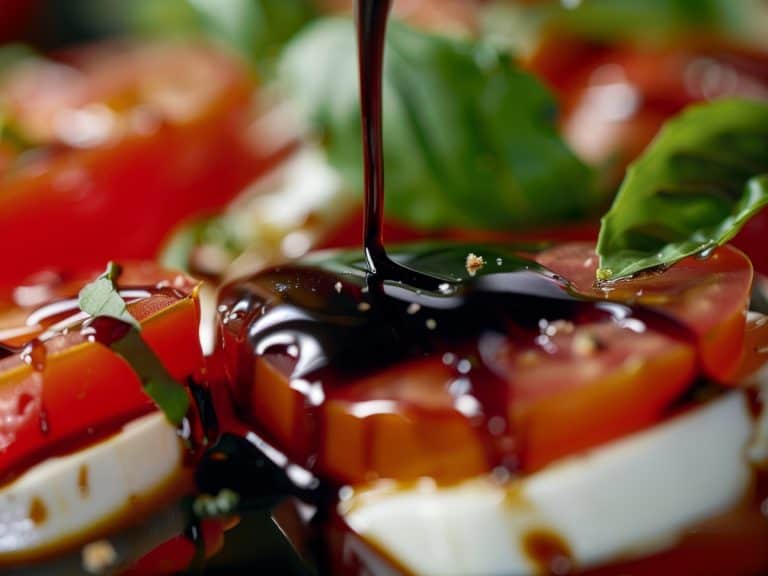
 Wine was a drink of the people as early as the Early Bronze Age. A study disproves the ancient elitism of Bacchus’ nectar
Wine was a drink of the people as early as the Early Bronze Age. A study disproves the ancient elitism of Bacchus’ nectar "From 2nd April, US tariffs between 10% and 25% on wine as well." The announcement from the Wine Trade Alliance
"From 2nd April, US tariffs between 10% and 25% on wine as well." The announcement from the Wine Trade Alliance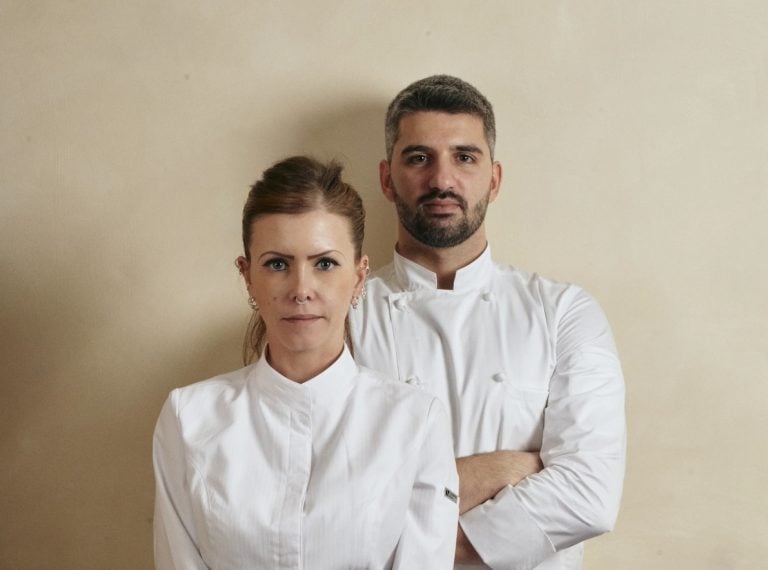 Michelin surprise: in France, the guide rewards Italian chefs
Michelin surprise: in France, the guide rewards Italian chefs Vinitaly 2025: "Piwi should not be included in the DOCs. Dealcoholised wines? I have changed my mind." Angelo Gaja's position
Vinitaly 2025: "Piwi should not be included in the DOCs. Dealcoholised wines? I have changed my mind." Angelo Gaja's position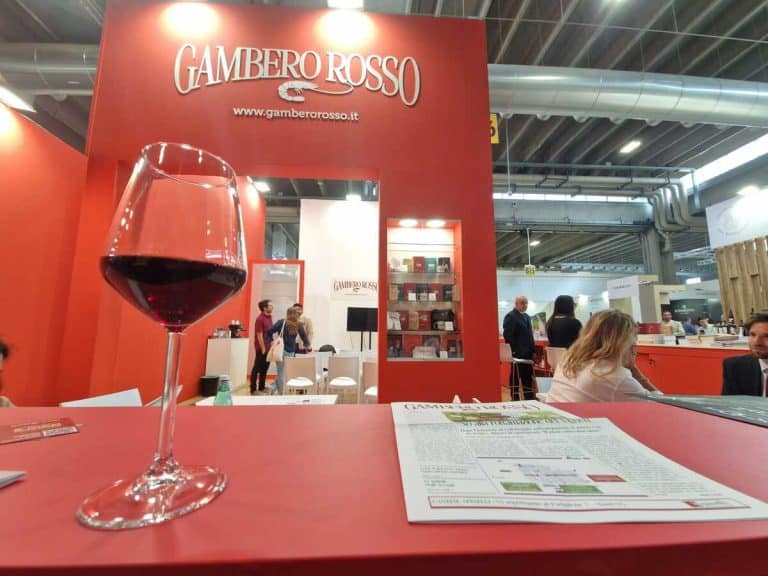 Vinitaly 2025: here are all the events by Gambero Rosso. Tre Bicchieri, debates, TV and much more...
Vinitaly 2025: here are all the events by Gambero Rosso. Tre Bicchieri, debates, TV and much more...



